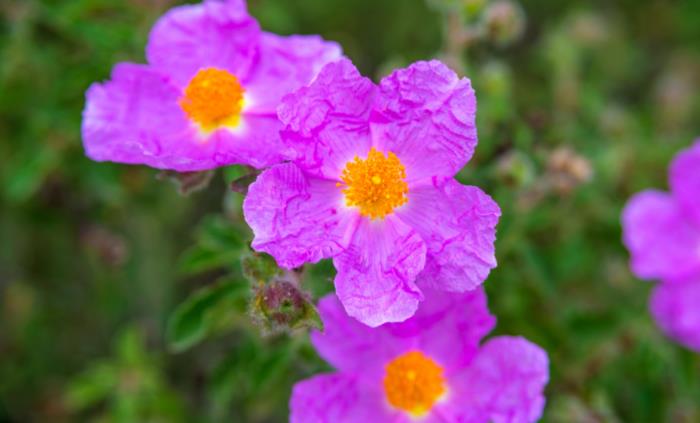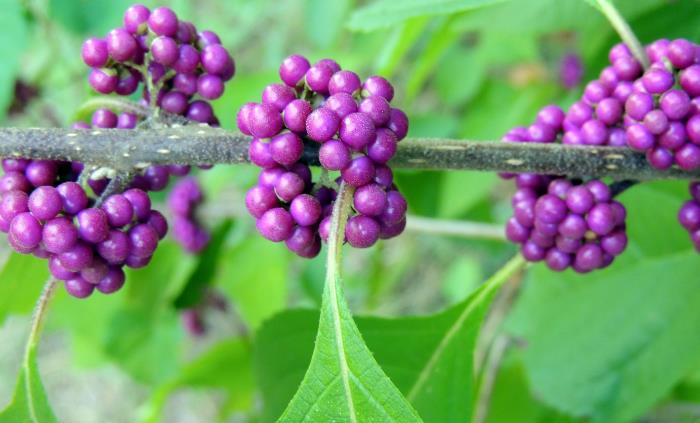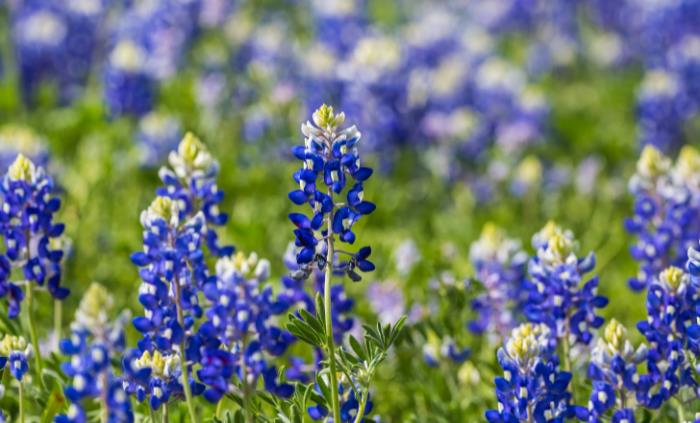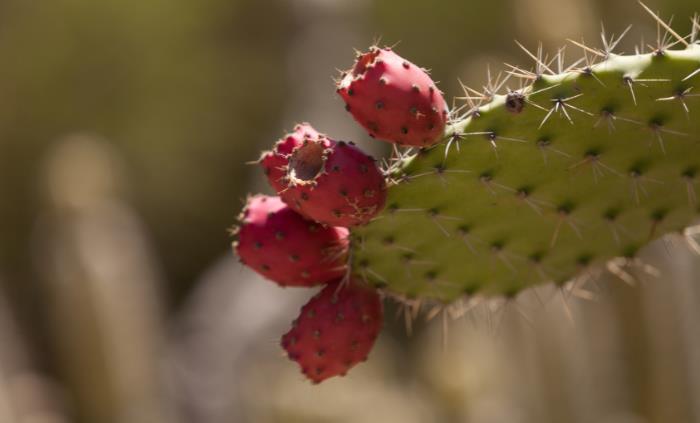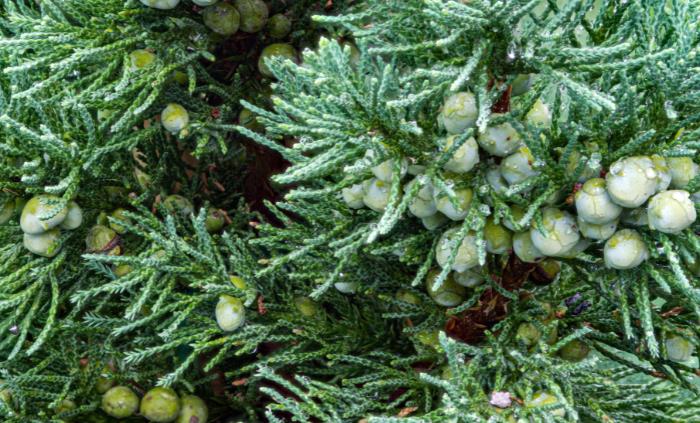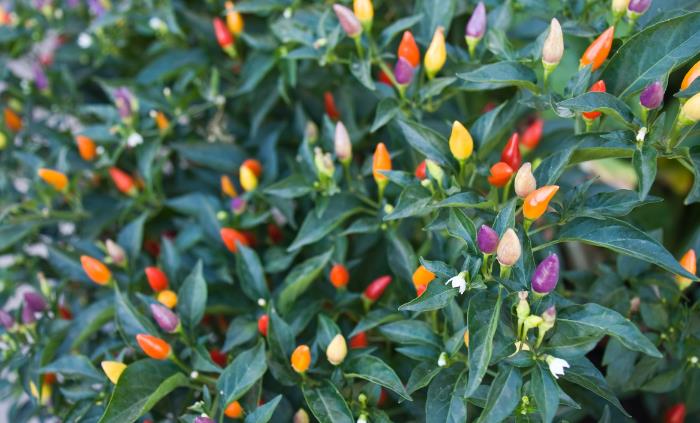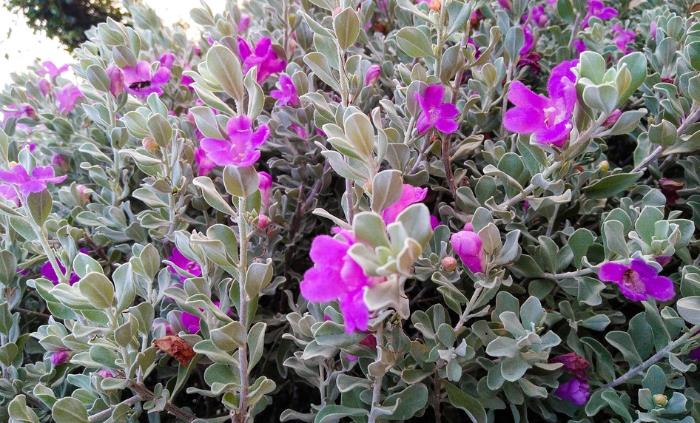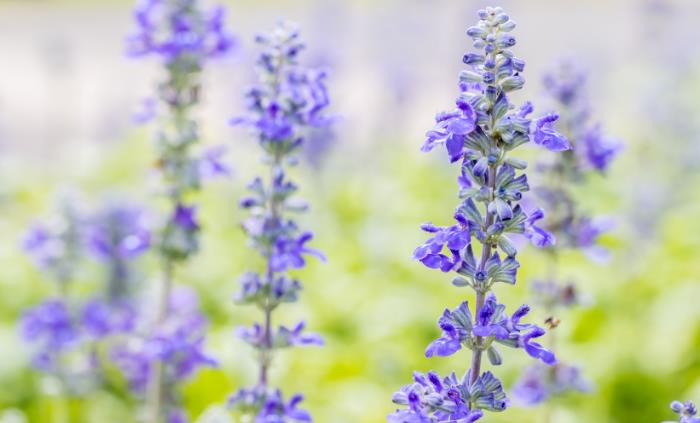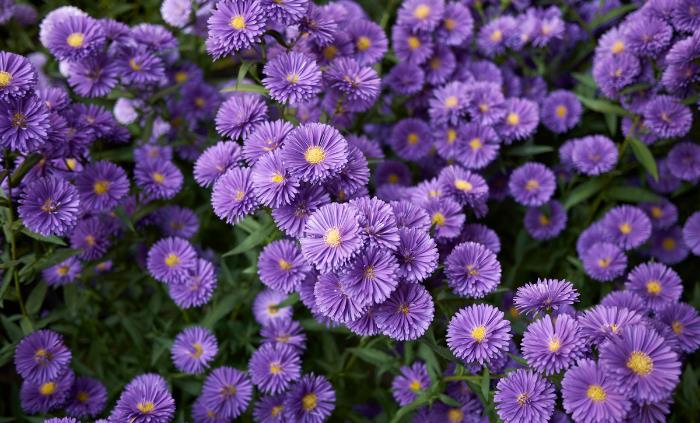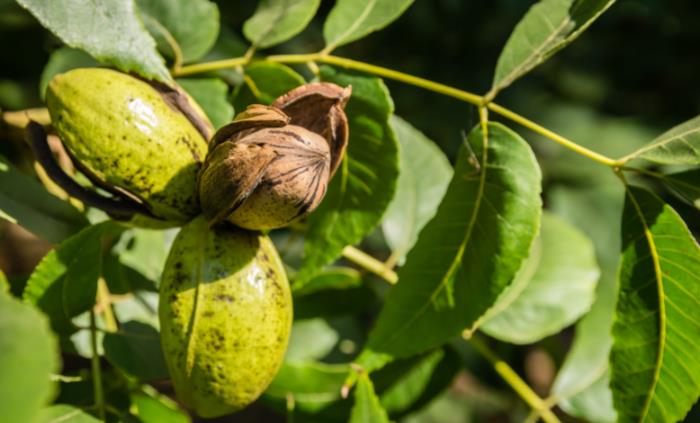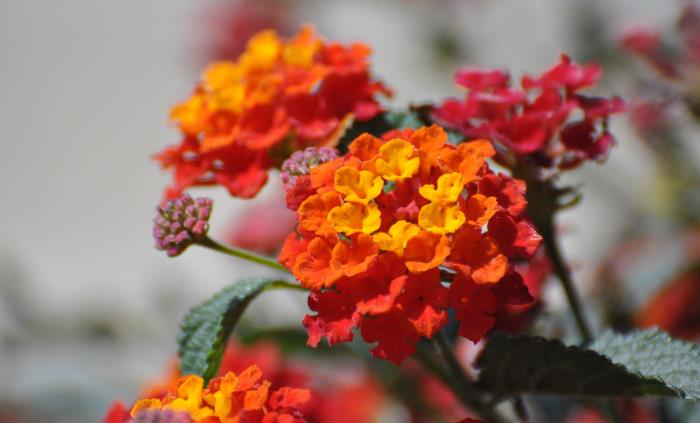Texas is the second largest state in the US (after Alaska), making it one of the most versatile states in terms of hardiness. Today we've gathered 12 plants that are native to Texas but will grow in any hardiness zone similar to Texas, from Louisiana and Arkansas all the way to Tennessee and Virginia.
Why grow native?
Native plants are the foundation of a healthy ecosystem. They have perfectly evolved to your living area, making them low maintenance, meaning they will probably require less irrigation and fertilizer than other, more sensitive plants. In addition, they are major players in the local ecosystem (yes, even urban ones), supporting the bee population and other pollinators.
What are hardiness zones?
Hardiness zones separate the United States into climate areas according to average annual minimal temperatures. The higher the number, the higher the temperature, starting from area 1, which can only be seen in Alaska, to area 13, which can only be seen in Hawaii. Each number is divided into two so that the total is 26 hardiness zones. Texas has several hardiness zones ranging from 6 (coldest temperatures -5°F) to 10 (coldest temperatures 35°F).
1. Esperanza (Tecoma stans)
This beautiful yellow bloom resembling a bell is native to rocky slopes like the ones you can find near and around San Antonio. The big blooms will attract pollinators such as bees and butterflies to your yard. If you're worried about the heat, don't. Once the plant is well established in your garden, it's very resistant to heat. It will flower through the heatwaves of summer. Esperanza flowers bloom in yellow, orange, and red.
Hardiness zones 8-11
2. Rock Rose (Pavonia lasiopetala)
This one will work for the shaded areas of your yard too. It will bloom from spring to fall without fail, and the flowers themselves somewhat resemble hibiscus. Rock roses are accustomed to shallow soil and are tolerant to the cold of desert nights. They live for 3-4 years but reseed easily. Here's why we think it's worth it- rock rose is deer resistant. Deer will try to eat them and quickly be deterred by the flavor and texture. Amazing! Read here about more deer repellent plants.
Hardiness zones 8-11
3. American Beautyberry (Callicarpa americana)
A unique and beautiful plant that yields a beautiful (hence the name!) little purple berry fruit. The fruits are a major food source for birds, but they are also edible for humans. While their taste is not so great raw, they make a nice jam. Water twice a week, and don't prune- this beauty is supposed to spread!
Hardiness zones 7-11
4. Texas Bluebonnet (Lupinus texensis)
Also known as the Texas lupin, this one has the most impressive bloom among 5 other lupin varieties. They all share the official “state flower of Texas” title. The tips of the clusters that make up the blossoms remain white while the blue flowers (up to 50 of them) dot the outside. They require sandy soil, which can be found easily and readily in Texas.
hardiness zone 3-8
5. Prickly Pear Cactus (Opuntia)
What says desert more than a flowering cactus in your yard? The prickly pear cactus became the state plant of Texas in 1995. This cactus blooms in yellow, red, and purple. When in season (September through December), it also yields lovely juicy fruit. Careful when you're picking and peeling the fruit- use only heavy-duty gloves because the thorns will stick even to your tongue!
hardiness 9-11
6. Eastern Red Cedar (Juniperus virginiana)
Ah, what a sigh of relief! This little shrub is exactly the one you've been looking for - an evergreen resistant to drought. As you probably already gathered from the name, these are mainly found in east Texas, in hardiness zones 2-9. They need partial shade only and well-drained soil. They will thrive in both alkaline and acidic soil. Talk about tough!
Hardiness zones 2-9
7. Chile Pequin (Capsicum annuum)
Another addition to your kitchen garden, this one is for those who like a little spice in their Tex Mex dishes. It is considered an easy plant to grow thanks to its tolerance to both sun and shade and its resistance to various soil conditions. The flowers bloom in white from May to October, and the fruit will show in early fall, just in time to keep you warm in winter!
Hardiness zones 9-11
8. Cenizo (Leucophyllum frutescens)
Also referred to as the Texas sage or Texas purple sage, this one is an evergreen that grows 6 feet tall and boasts fuzzy leaves. The purple bloom will last from spring to fall and will resist both drought and direct sun. Flowering is periodic and lasts days at a time. It will thrive best in alkaline soil.
hardiness 8-10
9. Mealy Blue Sage (Salvia farinacea)
Unlike the purple sage, this one blooms constantly from spring to fall and is sure to attract all the bees to your yard. The foliage as well as the blooms have the usual sage scent, which is a natural deer repellant. It will thrive in acidic soil.
Hardiness zones 7-10
10. Fall Aster (Symphyotrichum oblongifolium)
This shrub grows tight blooms, so once it flowers, you won't see much of its foliage, which (in our humble opinion) is a major advantage. The other good thing about it is that it only starts blooming in October, making it the pop of color and the focal point in your freezing yard. The blooms will appear pink or purple with a yellow aromatic center.
Hardiness zones 3-9
11. Pecan Tree (Carya illinoinensis)
This one requires patience, as it will only start to produce nuts within 6 to 10 years of planting. It is native to over 150 counties in Texas, easily making it the official state tree of Texas. Pecan trees can withstand the heat and constant direct sun, but they need a large yard to thrive and provide shade- mature trees will spread to 150 feet!
Hardiness zones 5-9
12. Texas Lantana (Lantana urticoides)
If the Fall Aster is the last to bloom in your yard, the Texas Lantana will probably be the first. It starts blooming as early as April and lasts all through to October. The blooms are arranged in tight clusters and range from orange to yellow, or a beautiful combination of pink and yellow. The plant is deer proof and will attract butterflies. It demands full sun.
Hardiness zones 8-11


